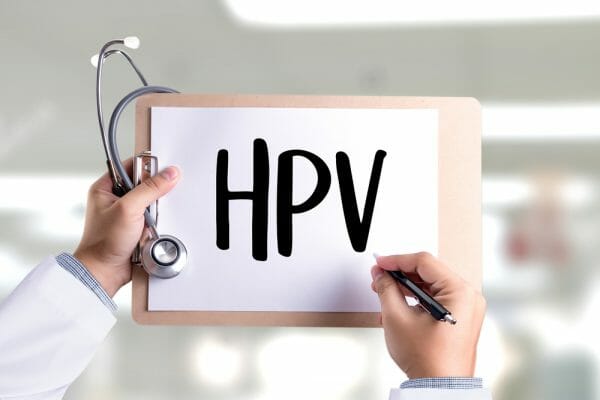Anal condyloma is the medical term for anal warts. These growths are caused by the human papilloma virus (HPV) which is the most common sexually transmitted virus. The lesions are spread via skin-to-skin contact.
Anal condyloma typically present as small soft growths of tissue which can occur on the outside and/or the inside of the anus and rectum. Treatment options range from topical ointments to office-based and surgical therapies depending on the size and extent of the lesions.
High-Resolution Anoscopy (HRA)
Anal condyloma can be detected via an in-office screening procedure called high-resolution anoscopy (HRA). During HRA, our colorectal providers use a thin, hollow tube called an anoscope to view the cells within the anus. The anoscope is coated in an anesthetic gel and gently inserted a few centimeters or inches into the anus. A cotton swab covered with acetic acid is first inserted through the anoscope and into the anus. The acetic acid will cause any abnormal cells present to turn white, making them easier to detect. After a few minutes, the cotton swab will be removed. Next, our providers will examine the interior of the anus and check for abnormal cells using a high-resolution magnifying microscope. The microscope features several levels of magnification and illumination for optimal visibility. If abnormal cells are detected, we will take a small sample of anal cells (a biopsy) so it can be sent to a pathologist for further testing.
HRA is an in-office procedure that can be completed in approximately 20 to 30 minutes. The patient feels very little, if any, discomfort thanks to the use of a topical anesthetic. Unlike colonoscopies and other colorectal procedures, HRA does not require any special preparation. Patients must avoid placing anything in the anal canal (including topical creams and enemas to “clean out” the anal canal) for 24 hours prior to HRA. Some medications and supplements can increase the risk of bleeding after treatment. Our team will conduct a full medical evaluation prior to HRA and can advise you on any medications or supplements that you are currently taking.
What to Expect After HRA
Immediately after HRA, patients may experience some mild soreness. If biopsies are taken, mild bleeding is normal. This should go away within a few days.
The results of biopsies are usually ready three to five days after the HRA procedure is performed. Abnormal cells in the anal canal are classified in three stages: LSIL (AIN 1) and HSIL (AIN 2 or 3). The more abnormal the cell, the higher or more severe the stage. LSIL represents the least severe stage, also known as low-grade dysplasia. AIN 3 is the most severe stage. AIN 2 and AIN 3 are considered high-grade dysplasia.
Low grade dysplasia does not require treatment but should be monitored. Visible warts should be removed. High-grade dysplasia should be treated as soon as possible. Several treatment options are available, including infra-red coagulation (IRC) and hyfrecation, both of which are in-office ablative procedures with high success rates.
Who Should Get an HRA?
An HRA may be recommended if a patient has an abnormal anal pap smear result, a history of anal condyloma or anal dysplasia, or a history of high-grade cervical dysplasia. Patients with a high risk of anal cancer should be screened via an HRA or other form of screening yearly or sooner if recommended by their medical team.
If you have been referred by your primary care physician and need to schedule an anoscopy, please contact Piedmont Colorectal Associates. Call today!


